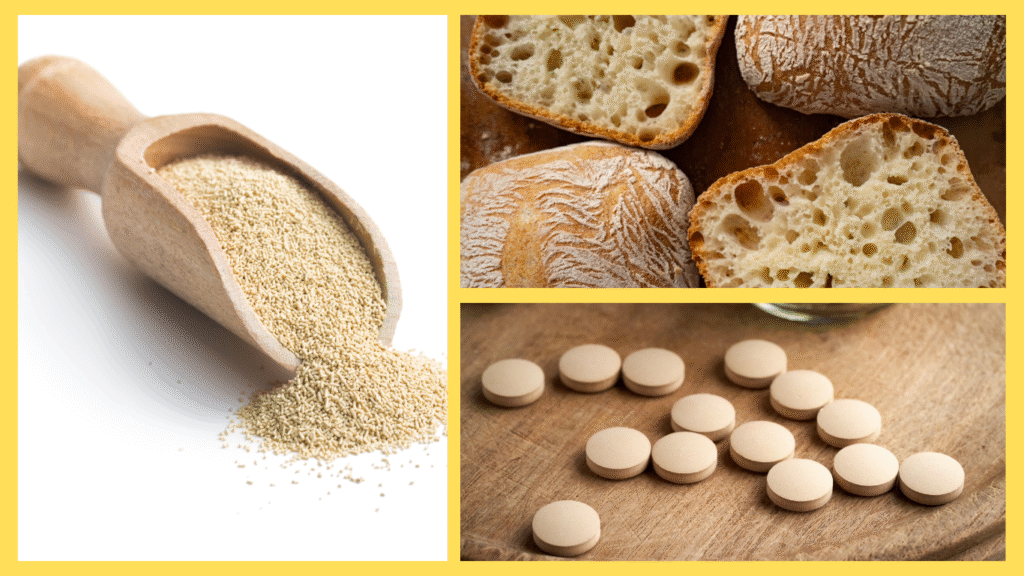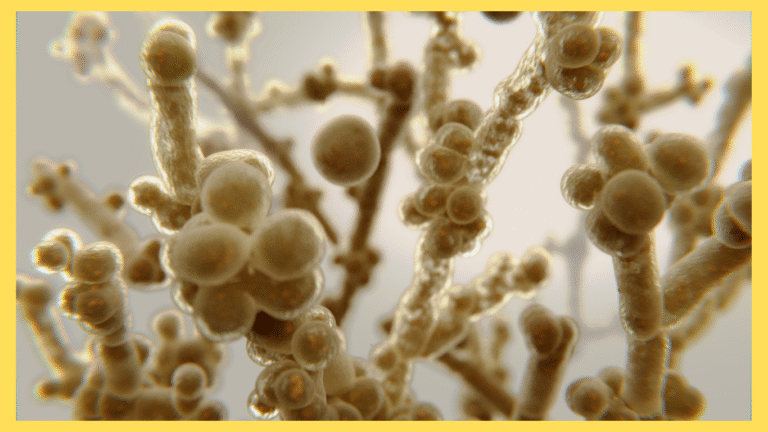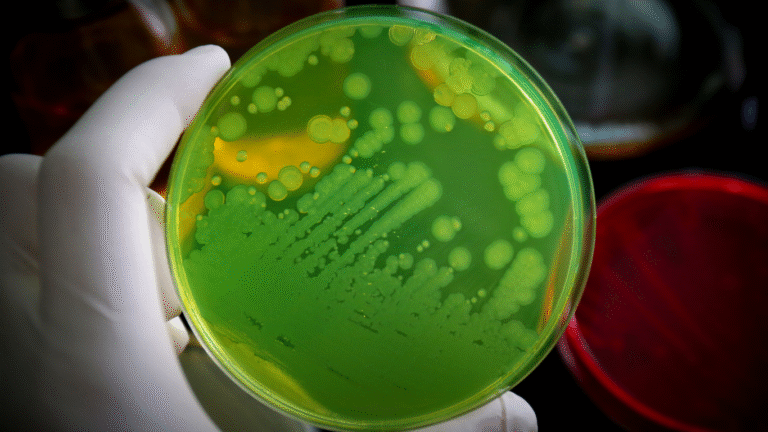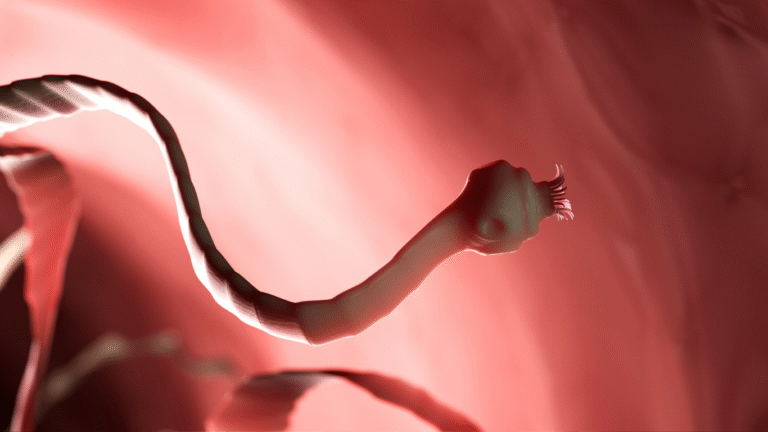Discover the life of Baker’s yeast, Saccharomyces cerevisiae, told as “A Day in the Life.” Learn how it grows, thrives, and helps humans.

The air is warm and moist, the perfect place for me to wake up. My name is Saccharomyces cerevisiae—though most humans simply call me Baker’s yeast. You’ll find me resting in the soft bed of flour and water that bakers mix every morning. To me, this is home. I feel safe tucked between particles of flour, surrounded by water molecules, and bathed in a soft blanket of warmth. Here in the dough, sugar molecules surround me like breakfast waiting to be eaten. With each breath I take, I transform those sugars into carbon dioxide and alcohol. Humans love this transformation because my gas makes bread rise fluffy and light, while my alcohol helps create beer and wine. In fact, humans have used me for thousands of years. I am one of the oldest domesticated microbes in history, with evidence of my partnership with people stretching back to ancient Egypt where bread and beer fueled civilizations (NIH).
Life is calm here, but I can already sense change coming. The baker is stirring, kneading, and preparing to heat things up—literally. When flour, water, and sugar combine, it feels like a new world opens. Soon, the dough begins to shift and stretch as human hands press and fold it. This kneading isn’t just for structure; it also spreads me and my family evenly so that when we begin to work, our tiny contributions will be felt in every bite of bread.
Once the kneading stops, my real day begins. Sugars flood in, and I launch into a process called fermentation. It feels like running a natural engine inside me. Using enzymes, I break down glucose into energy that fuels my every move. As a result, I release carbon dioxide, which gets trapped in the dough’s stretchy gluten network. The bubbles grow, expand, and multiply, pushing against the dough until it swells upward. Humans see this as magic, a miracle of rising bread. For me, it is simply survival, a cycle I repeat with every molecule of sugar I consume (Mayo Clinic).
While I’m busy creating energy, I’m also reproducing. Instead of having children like humans, I rely on a method called budding. A tiny new cell swells from my side, slowly enlarging until it separates and becomes a new individual. Under good conditions—plenty of food, warmth, and moisture—I can double my population in as little as 90 minutes. That means what starts as a small cluster of cells quickly becomes a thriving community numbering in the millions (CDC). We work together, filling the dough with air pockets and changing its chemistry in ways that humans have come to depend on.
But no day is without challenges. As the baker moves, I sense the inevitable shift. The dough is lifted, shaped, and finally placed into a hot oven. Suddenly, my world grows warmer, then hotter. Yeast like me thrive in moderate temperatures, around 30 to 35°C. In this cozy range, I am at my strongest and most productive. But the oven is no cozy habitat. The heat climbs, pressing against me like a wave I cannot resist. Once the temperature approaches 60°C, my proteins begin to unravel, and my life ends (NIH).
Still, I don’t despair. Even as my day comes to a close, my work continues. The gases I’ve produced remain trapped, giving bread its airy crumb. The alcohol I created earlier has already evaporated or added subtle flavor to the dough. What remains is a loaf with softness, aroma, and taste that humans cherish. My brief life is complete, yet my legacy lingers in every bite.
Most of the time, I am seen as a helper. I am safe, beneficial, and even celebrated in kitchens and breweries. But not every yeast tells the same story. Some of my relatives live differently. My cousin Candida albicans, for example, can cause problems if it grows unchecked in the human body. Normally, the immune system and friendly microbes keep it balanced, but when conditions shift—perhaps after antibiotics or illness—it can overgrow, leading to infections such as thrush or yeast infections (CDC).
It’s an important reminder: microbes like me are powerful. Under the right circumstances, we create food, drink, and nourishment. Under others, certain yeasts can cause disease. Humans must respect this balance and take steps to maintain it, both in the kitchen and in their own bodies.
As the oven door closes and the loaf bakes to completion, my journey ends. I do not survive the intense heat, but the humans will carry on with the product of my labor. They will slice the bread, share it with their families, and enjoy the food I helped create. The same is true when brewers ferment barley or grapes with me, producing beer and wine. Though my day is short, my work ripples outward into culture, celebration, and survival itself.
Reflecting on my life, I see a story of partnership. Humans and yeast have grown together for millennia, shaping one another’s existence. Without me, bread would be flat, beer would not bubble, and wine would lack its sparkle. Without humans, I would simply exist in the wild on fruit skins and grains, never knowing the joy of rising dough or fermenting brews. Together, we create something greater than either could alone.
So, the next time you smell fresh bread or sip a cold beer, remember that behind the scenes, millions of tiny lives like mine worked tirelessly to bring that experience to you. For me, life may be brief, but it helps feed the world. And in that, I find meaning.








